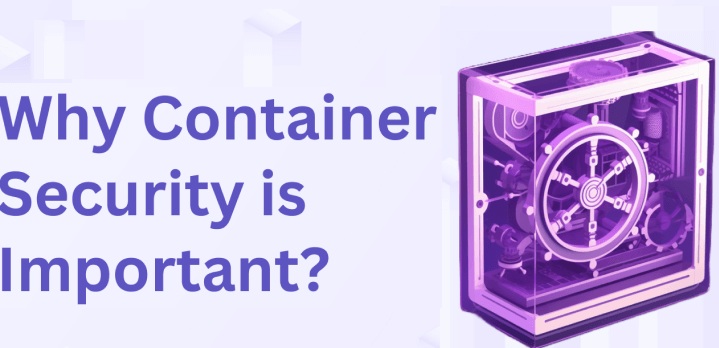Containers have revolutionized the way applications are developed, deployed, and managed, offering scalability, portability, and efficiency. However, the dynamic nature of containerized environments presents unique security challenges. In this article, we explore strategies for ensuring container security in a dynamic environment, where containers are constantly created, deployed, and retired.
This rapid turnover complicates traditional security measures, as maintaining visibility and control over containerized workloads becomes challenging.
Key Strategies for Container Security
Secure Container Images:- Start by ensuring that container images are built from trusted sources and regularly scanned for vulnerabilities using tools like Docker Security Scanning or Clair.
Harden Container Configurations:- Configure container runtimes and orchestrators (e.g., Docker, Kubernetes) with security best practices, such as enabling least privilege access and enforcing network segmentation.
Implement Runtime Protection:- Deploy runtime security tools that monitor container activity and detect anomalous behavior, such as unauthorized access attempts or suspicious network traffic.
Network Segmentation and Isolation:-Utilize network policies in container orchestrators like Kubernetes to enforce communication rules between containers and services.
Continuous Monitoring and Auditing:- Integrate security information and event management (SIEM) systems to aggregate and analyze container-related logs for security incidents.
